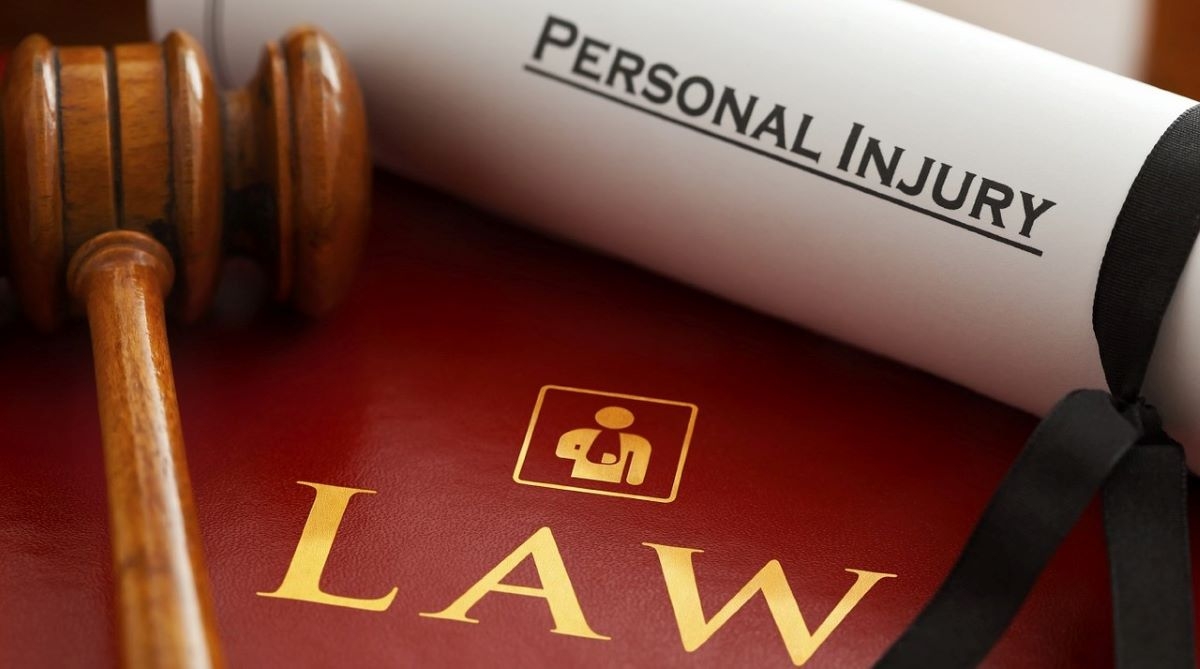
Common Reasons Behind Canada Car Accidents
In 2022, car accident fatalities in Canada increased by 6%. This came after a sharp decline during the COVID-19 pandemic. The number of fatalities in 2022 reached 1,931 and was the second highest in the past ten years.
Unfortunately, it looks as though motor vehicle crashes on Canadian roads will not decline in 2024. Prince Edward Island (PEI) also has the regrettable distinction of having the highest number of accident fatalities.
Many factors contribute to these fatal car crashes, but some causes are becoming more common than others.
Driver Error
One of the most common causes of car accidents in Canada, including PEI, is driver error. Driver error is a term applied to several risky driving behaviors, including the following:
- Distracted driving: Drivers continue to use their phones while on the road, with many texting and driving. Others eat or drink while driving or interact with passengers to the extent that they are completely distracted. This alone significantly increases the risk of causing an accident.
- Speeding: Many drivers do not follow the posted speed limits on major roads. Exceeding the speed limit reduces a driver’s reaction time and can cause them to lose control of their vehicle, making it almost impossible to avoid a collision.
- Driving under the influence: Some drivers also get behind the wheel when drunk or under the influence of drugs. Being under the influence of any narcotic severely impairs a driver’s judgment and reaction time. This can create an incredibly dangerous situation on the road.
- Fatigue: Driving while fatigued can be as dangerous as driving under the influence. Many drivers believe they can stay awake while driving even if they are extremely tired. It only takes a second for a driver to involuntarily close their eyes or fall asleep behind the wheel, which can cause disaster.
- Tailgating: Risky driving behavior also includes tailgating. Drivers often get impatient and drive too closely behind another vehicle. If that vehicle suddenly brakes, the tailgating driver has no time to react and avoid a crash.
Other driver errors that can lead to severe accidents are failure to yield at intersections or merging and changing lanes without signaling.
Road Conditions and Weather Can Also Lead to Accidents
Poor road surfaces and adverse weather increase the risk of accidents in Canada. Snow, ice, and freezing rain can drastically reduce traction during winter, making it difficult for drivers to maintain control of their vehicles. These weather conditions also reduce visibility, making it harder to avoid collisions.
When black ice forms on the roads, the risk of accidents increases because this hazard is essentially invisible to drivers. Moreover, massive snow drifts can obscure road markings, creating the potential for accidents.
When it rains heavily, car tires can lose contact with the road because of the rushing water. This can lead to hydroplaning and a collision with another vehicle.
Standing water after heavy rains can also hide potholes and other road hazards. If cars strike a pothole on a slippery road, it can lead to a massive accident.
Another weather phenomenon that can lead to accidents is fog. Fog limits visibility, making it hard to judge distances and react to hazards.
Sometimes, the problem is not only the weather but drivers who do not adjust their driving behavior. When drivers speed during snow and ice or do not increase their following distance, they double their risk of causing a crash.
Lack of Vehicle Maintenance
Drivers must keep their vehicles in good shape to help ensure road safety. Neglecting routine checks and repairs may lead to catastrophic consequences.
For example, worn tires cannot maintain a proper grip on the road, which increases the risk of skidding and losing control. Worn tires also extend braking distances, and irregular tire wear compromises vehicle stability.
If a vehicle’s brakes fail, it can lead to a huge accident. Even if the brake pads are slightly worn, they can increase stopping distances. When the brakes have insufficient brake fluid, the driver may be unable to stop the car.
Malfunctioning or broken headlights and taillights can also lead to accidents. Dim headlights hinder drivers from seeing obstacles at night, and faulty turn signals or taillights can confuse other drivers, increasing the risk of accidents at intersections.
How Drivers Can Reduce the Risk Of Accidents
Staying safe on the roads is possible, even if accidents cannot be avoided. Drivers should practice defensive driving on urban roads and highways.
This means maintaining a safe following distance and constantly scanning the road for hazards. Hazards can include potholes, broken infrastructure, and pedestrians and cyclists.
Drivers must anticipate other drivers’ errors. It is not always easy to do this, which is also why staying a safe distance from other cars is important.
While some drivers find turn signals annoying, they can mean the difference between staying safe and causing an accident. Drivers must always indicate their intentions so that other drivers know what to expect.
Furthermore, drivers must avoid becoming distracted while driving. This means not texting, driving, eating, or fiddling with the radio while driving.
In addition to practicing defensive driving, drivers must maintain their cars regularly.
Lastly, there is no compromise when it comes to obeying traffic laws. Drivers must adhere to speed limits and obey traffic signs and signals. They should always wear seat belts and not perform risky maneuvers like running red lights or passing in no-passing zones.
There Is No Easy Fix For Rising Car Accident Stats
Sadly, it is just not that easy to reduce rising car accident statistics. Too many factors contribute to accidents, and there is no way to ensure that all drivers adhere to road rules. There is also no way to truly prevent drivers from getting behind the wheel while under the influence of drugs or alcohol.
Road safety will also always be a shared responsibility. Drivers, pedestrians, bikers, and bicyclists must all work together to make the roads safer for everyone. This is the only way to make a difference in the number of car accidents in Canada.









